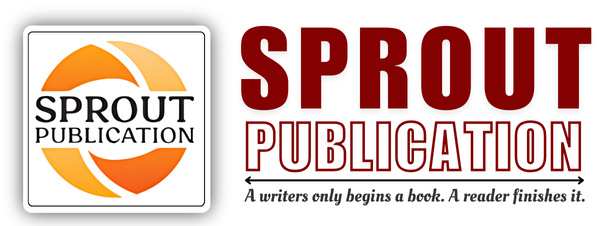Chapter 16: Radioimmunoassay
Chapter 16: Radioimmunoassay
Author: Mrs. Shaily Goyal
Volume: 01
First Online: 31 August 2024
Pages: 302-305
DOI:
Abstract
Radioimmunoassay (RIA) is a highly sensitive technique used to measure concentrations of antigens, such as hormones and drugs, in biological samples. The principle of RIA involves the competition between a radioactively labeled antigen and the unlabeled antigen in the sample for binding to a specific antibody. The procedure typically starts with the preparation of a standard curve using known concentrations of the antigen. The sample and radiolabeled antigen are then added to the antibody-coated tubes or wells, allowing the competition to occur. After incubation, the bound and free antigens are separated, usually by washing or precipitation. The radioactivity of the bound antigen is measured, which inversely correlates with the concentration of the antigen in the sample. This is illustrated in the figure of a typical RIA setup, showing the competition and detection steps. The main advantage of RIA is its exceptional sensitivity, capable of detecting minute quantities of antigens. However, the use of radioactive materials requires strict safety protocols and specialized equipment. RIA is widely used in clinical diagnostics for measuring hormone levels, such as insulin and thyroid hormones, and in pharmacokinetics to monitor drug levels in the bloodstream. Its high specificity and sensitivity make it a valuable tool in both clinical and research settings.
Keywords: Radioimmunoassay (RIA), Sensitive technique, Antigen concentration measurement, Hormones, Drugs, Biological samples

